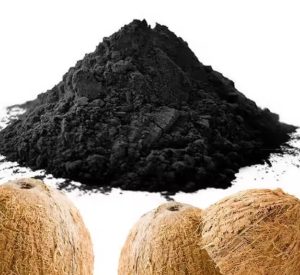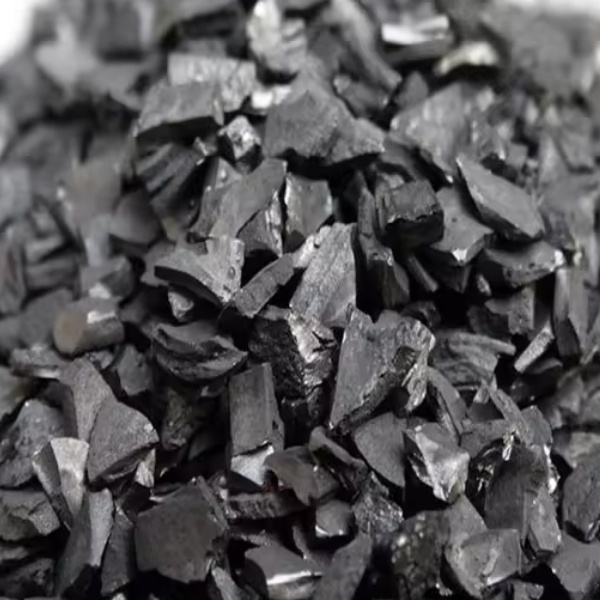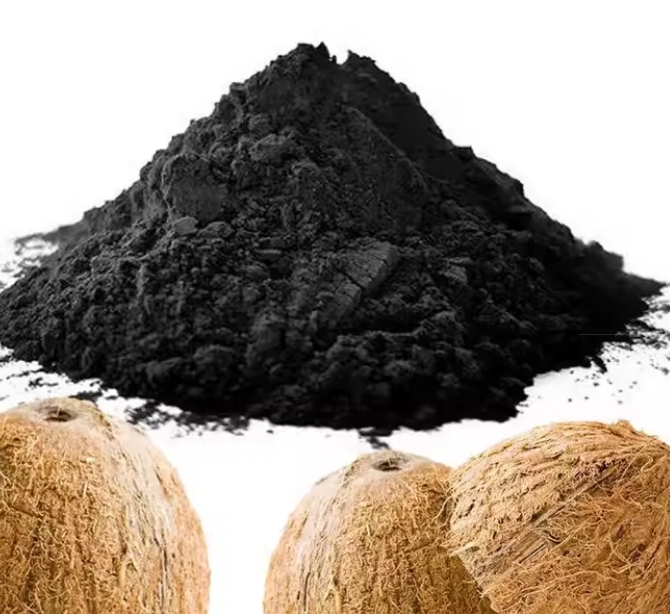The decolorization effect of coconut shell activated carbon refers to its ability to remove color pigments, such as those found in dyes, from liquids. This is particularly valuable in various industries, including water treatment, food and beverage processing, and pharmaceuticals. Here’s how it works:

- High Surface Area
Porosity: Coconut shell activated carbon has a high surface area due to its highly porous structure. This allows it to adsorb a wide range of organic molecules, including color-causing compounds.
Micropores: The small pores in activated carbon are particularly effective at trapping and holding onto these molecules, leading to the removal of color from the liquid.
- Adsorption Mechanism
Physical Adsorption: The decolorization occurs primarily through physical adsorption, where color molecules adhere to the surface of the activated carbon. This is facilitated by Van der Waals forces and hydrophobic interactions.
Chemical Adsorption: In some cases, chemical interactions between the carbon surface and the color molecules can enhance the decolorization effect.
- Efficiency Factors
Molecular Size: The effectiveness of decolorization depends on the size of the color molecules. Smaller molecules can penetrate deeper into the carbon’s pores, while larger molecules may be adsorbed only on the surface.
Concentration: The initial concentration of the colorant in the solution also affects the efficiency. Higher concentrations may require more activated carbon or longer contact times for effective decolorization.
pH and Temperature: The pH and temperature of the solution can influence the adsorption process. For example, certain dyes may be more effectively adsorbed at specific pH levels.
- Applications
Water Treatment: Coconut shell activated carbon is commonly used in water treatment to remove organic colorants and other impurities.
Food and Beverage Industry: It is used to decolorize products like sugar syrup, edible oils, and fruit juices.
Pharmaceuticals: In the pharmaceutical industry, it is used to purify liquids by removing unwanted colorants and impurities.
Coconut shell activated carbon is particularly favored for decolorization due to its renewable source, hardness, and high adsorption capacity compared to other types of activated carbon (e.g., from coal or wood).



